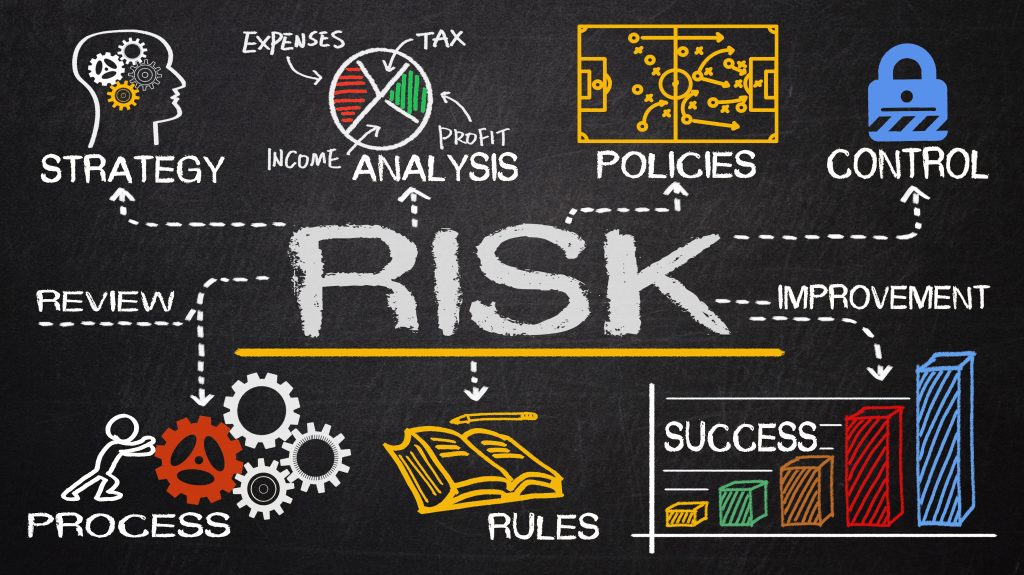An effective project manager uses their experience and tools to implement innovative and effective strategies. Careful deployment of innovative project management (PM) strategies speeds up production times and leaves project teams feeling fresh and ready to tackle the next task on their plates.
The rigid nature of traditional PM, and the predictability it aims for, can be at odds with innovation. This, however, doesn’t mean project managers must always stick to the book—sometimes unique challenges are best overcome with agile thinking and flexibility.
The challenge is finding a strategy that allows for oversight without stifling creativity. The following are a few innovative ways businesses are re-imagining project management while encouraging creativity and ideation.
Use the right project management methodology
Every project is unique and can benefit from a specific project management methodology to achieve the best results. Knowing what to do, in what order, and by when is only part of the puzzle. After settling on a project plan, plugging that plan into a process or framework will give project managers the support they need to succeed.
Savvy project managers understand that methodologies should be used as tools rather than constraints.
Choosing an appropriate project management methodology to implement before a project kicks off will keep things moving along and aligned with requirements after kick-off to produce a successful end product. Winging it and using a loose, barely-there style of management will most likely present a situation riddled with gaps, delays, and unhappy customers when the budget gets spent too soon and results in a subpar product.
Three of the commonly used project management methodologies are:
Agile
Waterfall
Hybrid
Build in time and scope to experiment and fail
Experimentation doesn’t always have a neat home in modern project management methodologies. Project management tends to focus on assigning very specific tasks and initiatives to meet metrics and KPIs that produce easily identifiable progress. Often, this means that experimentation will fall by the wayside if time is not set aside for it.
Simplify the process with the right PM tools

Robust project management tools allow many different project team members to enter data, track progress, and report on results.
Modern project management tools encourage smooth communication through clear processes, automations, and centralized updates. Project managers can have more control of task organization and process management than ever before, and team members can be empowered to take minute task management into their own hands.
Learn from past mistakes and successes
Once the product is out the door, the site is launched, or the update is implemented, a team should always take time to reflect on what went well and what didn’t.
Find balance between accountability and creativity
Finding a happy balance in an organization’s project efforts can be difficult. While it’s important to keep projects in check with scope and budget restrictions, it’s just as important to encourage opportunities for innovation.These strategies will help project managers find their footing and open avenues of creativity and accountability across teams while finding time in the development cycle for change and experimentation.
If you’re thinking it’s time for a new project management software to make the most of these strategies, take a look at our top project management software picks.
Featured Partners
FAQs
What is project management?
Project management is the process of planning and controlling resources to reach specific goals within defined constraints. It involves coordinating tasks, managing resources, and ensuring successful project completion while meeting stakeholders’ expectations.
What are the other project management methodologies?
Other project management methodologies include Agile (Scrum, Kanban, XP), Lean, and PRINCE2, each with its own unique approach and principles for managing projects effectively and achieving successful outcomes.





